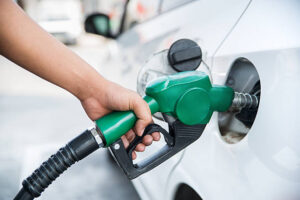Is It Better to Get Petrol for Rs 110 Than Rs 100? Here’s How Petrol Meters Work

Is Paying Rs 110 for Petrol Worth It? Discover How Fuel Meters Operate.
You might have noticed that some people prefer to fill their fuel tanks with amounts like Rs 110 or Rs 120 instead of a neat Rs 100, and similarly, some go for Rs 495 rather than Rs 500. This raises an interesting question: is there a trick involved, or is it just a misunderstanding about how petrol pump meters work? Animesh Kumar Sinha, a former railway chief engineer, addressed this topic on Quora.
Sinha explained that petrol pumps have pre-set codes for common fuel amounts such as Rs 100, Rs 200, Rs 500, and Rs 1000. These codes can be entered with just a single button press, which saves the employees time and effort. However, this might lead customers to think that these amounts are part of a trick, making them feel as though they are getting less fuel than they should.
In reality, petrol pumps operate using a flow meter system that dispenses fuel in liters, with all calculations based solely on the volume of fuel. The software then converts the liters into rupees based on the current price of petrol or diesel and the amount dispensed.
As a result, when you pay Rs 100, Rs 110, or Rs 120, it might lead to a rounded figure. For instance, if you receive 10.24 liters, it might be rounded down to 10.2 liters. Choosing amounts that aren’t round numbers doesn’t guarantee you’ll get more fuel.
To ensure you’re getting the correct amount of fuel, you can ask for fuel to be dispensed in liters and pay the exact amount through UPI.
The Weights and Measures Department, along with oil companies, regularly calibrates and checks the flow meters at petrol pumps. Since petrol density remains constant, it can’t be manipulated.
If you still have doubts, you can file a complaint with the Weights and Measures Department or visit the government portal for assistance.
Valid complaints about short-fuelling can lead to significant fines for the petrol pump, which is usually run by a private company. You’ll often find a toll-free complaint number displayed on the pump itself for reporting any issues.












